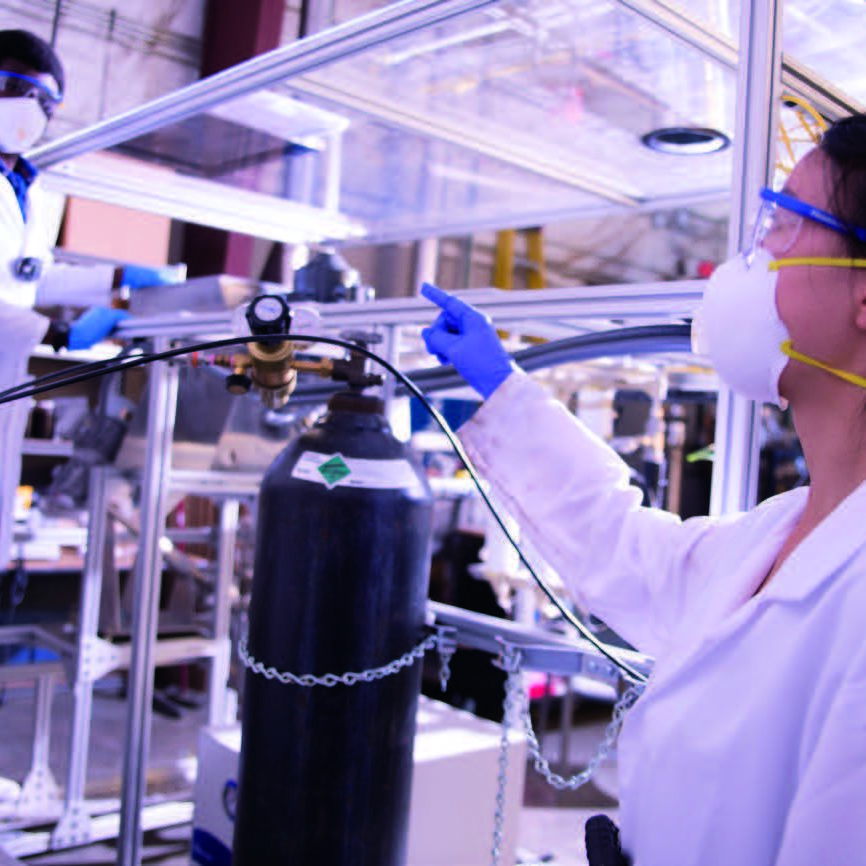Goal
Reinforce a positive work culture, increase efficiency and productivity, and simplify administrative processes.
Strategies and Actions
Adapt Resource Allocation
- Develop and implement resource allocation processes that are responsive to changing needs across the mission areas.
- Track faculty and staff productivity measures to match workloads with department and unit needs.
- Adapt administrative infrastructure to support effective operations (e.g., information technology, human resources, finance, and communication).
Enhance Work Culture
- Enhance ability to recruit and retain diverse and productive faculty and staff by improving hiring, diversity and inclusion, promotion and tenure, and annual review processes.
- Evaluate and address salary gaps.
- Encourage and support professional development.
- Extend faculty and staff career ladder structures to incent continuous professional development.
Align Management Incentives with Strategic Goals
- Promote collaboration across units by adopting shared incentives and metrics for leadership evaluation.
- Align incentives to support entrepreneurial activity and allow for calculated risks.
Increase Administrative Efficiency
- Automate processes to improve efficiency and reduce complexity.
- Review and revise policies for clarity, necessity, and consistency.
- Avoid administrative duplication and redundancies.
- Simplify reporting processes and tools.
Outcomes/Metrics
- Reduce salary gap.
- Increase cost avoidance from administrative efficiencies.
Salary Gap+
- Based on Sibson study (underway) and other validated sources/surveys as approved by UT System Compensation
- Deviation between aggregate salaries for UTIA roles and industry average salaries for like roles
- UTIA role subsets may be reviewed as cross-functional like titles or job families
- Metric is adjusted based on UT System compensation philosophy (lead/lag)
Note: Baseline data is FY19 following results of Sibson study
| 2018 Baseline | 2019 | 2020 | 10 Year Goal |
|---|---|---|---|
| NEW | 54.3% | -50% |
Metric Data Contact: UTIA HRO
Faculty and Staff Retention
- Based on regular employee data in IRIS
- Percentage of existing regular faculty and staff who remain employed by the Institute as compared to the average number of employees during the same time period
- Metric is impacted by resignations, terminations, retirement, and transfers out of the Institute
- Metric excludes those faculty and staff promoted or transferred within UTIA
Note: Baseline data is FY18
| 2018 Baseline | 2019 | 2020 | 10 Year Goal |
|---|---|---|---|
| NEW | 89.94% | 89.61% | +10% |
Metric Data Contact: UTIA HRO
Cost Avoidance from Efficiencies
More efficient or effective way of doing business that results in costs savings or an avoidance of an increased cost.
This will be a manual calculation by the CBO with data compiled obtained from each unit’s Budget Director.
- Implementation and use of Zoom meetings has created an approximate savings of $600,000 annually. These savings are the results of less travel expenditures than would have been used to travel for face-to- face meetings. Not included in this estimated savings is staff time that would have potentially been lost due to traveling. This estimation was based solely on mileage reimbursement savings and did not include any lodging or per diem in the savings. All savings were retained by individual units as an incentive to utilize the Zoom platform.
Over time we have not increased our travel budget dollars as inflation has occurred due to limited funding from the State of Tennessee. However, this savings has offset the impact of inflation and allowed our units to reallocate these travel dollars to higher priorities. These savings have resulted in more opportunities for educational training and outreach to our communities. - By replacing out-of-date hardware and moving to virtual replacement servers for SUPER and SharePoint 2010, it is estimated that we will have $37,000 in savings over 5 years. Added benefits of this savings is the efficiency of newer technology and a more secure network.
| 2018 Baseline | 2019 | 2020 | 10 Year Goal |
|---|---|---|---|
| NEW | $637,000 | $839,925 | $10,000,000 |
Metric Data Contact: Chief Business Officer





